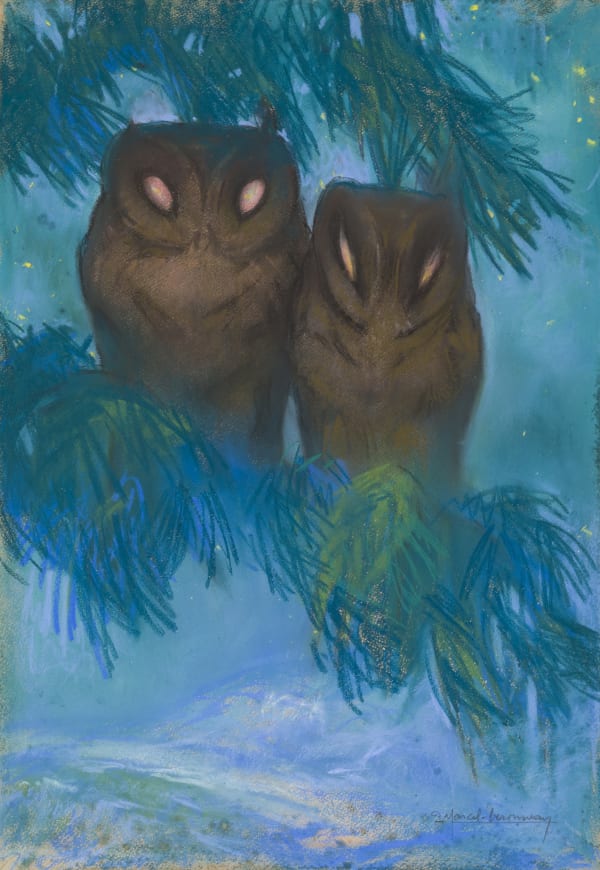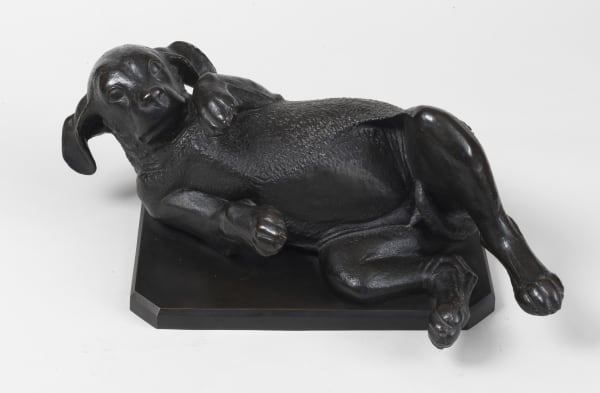
ARTURO CASTELLI
[1] “...he passes from the loose technique of the portraits, where even the symbol is latent, to a smoother rendering as the symbolist datum gradually starts to emerge...,” as quoted in Brescia Postromantica e Liberty. 1880-1915, exhibition catalogue edited by B. Passamani, F. Robetti (Brescia, Complex of Santa Giulia, June – August 1985), Brescia, Grafo 1985, p. 210.
[2] Mostra postuma di Arturo Castelli, exhibition catalogue edited by P. Feroldi, Brescia, Associazione Artistica Bresciana, 12 – 30 June 1949, n. n. p.
[3] Mostra postuma di Arturo Castelli, exhibition catalogue edited by P. Feroldi, Brescia, Associazione Artistica Bresciana, 12 – 30 June 1949, n. n. p.
[4] I nostri Lutti. Arturo Castelli, in Commentari dell’Ateneo di Brescia di scienze lettere ed arti, Brescia, Tipo-Litografia Bresciana, 1919, p. 141.
[5] “He was a mystic tending to the school of Verlaine, a school which in painting, if it hinted at the colour science of Ghil, from Carrière to Aman Jean, gave us that wonderful series of significant works...”, Ibid., p. 143.
[6] Mostra postuma di Arturo Castelli, exhibition catalogue edited by P. Feroldi, Brescia, Associazione Artistica Bresciana, 12 – 30 June 1949, n. n. p.
[7] Ibid., n. n. p.
[8] “L'ora nera di Arturo Castelli”, “Emporium”, XLII, 1915, 250, p. 318.
Join the mailing list
Subscribe to our newsletter to receive all the news about exhibitions, fairs and new acquisitions!


